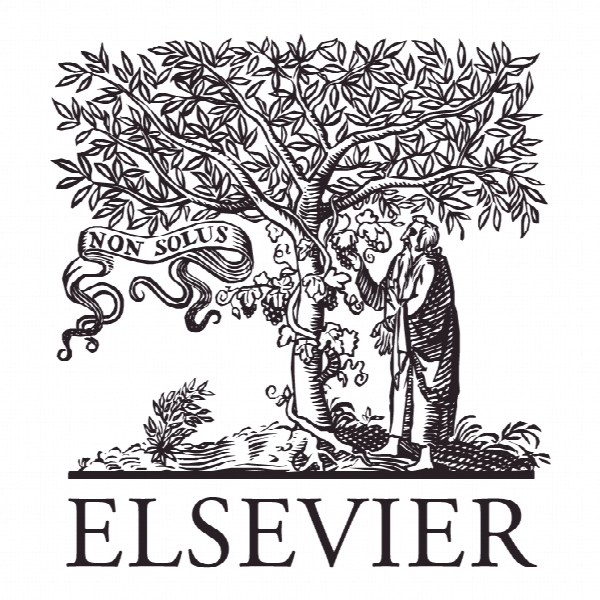حذف فلزات سنگین از فاضلاب با استفاده از جاذب های کشاورزی اصلاح شده Removal of heavy metals from wastewater using modified agricultural adsorbents
- نوع فایل : کتاب
- زبان : انگلیسی
- ناشر : Elsevier
- چاپ و سال / کشور: 2018
توضیحات
رشته های مرتبط شیمی و محیط زیست
گرایش های مرتبط شیمی تجزیه و مهندسی بهداشت محیط
مجله مواد امروزی: مقالات – Materials Today: Proceedings
دانشگاه Malaviya National Institute of Technology Jaipur – India
منتشر شده در نشریه الزویر
کلمات کلیدی انگلیسی Adsorbent; Agricultural waste; Heavy metals; Modified adsorbents
گرایش های مرتبط شیمی تجزیه و مهندسی بهداشت محیط
مجله مواد امروزی: مقالات – Materials Today: Proceedings
دانشگاه Malaviya National Institute of Technology Jaipur – India
منتشر شده در نشریه الزویر
کلمات کلیدی انگلیسی Adsorbent; Agricultural waste; Heavy metals; Modified adsorbents
Description
1. Introduction The source of heavy metals in wastewater are metal plating industry, mining operations, fertilizer industries, tanneries, batteries, paper industry, petroleum refining, electroplating, metallurgy, textiles, manufacturing of dye and pesticide, etc. Because of the development of these industries heavy metals are directly or indirectly discharged into the environment especially in developing countries. The heavy metals which mainly discharge from industries are chromium (Cr), cadmium (Cd), iron (Fe), nickel (Ni), selenium (Se), vanadium (V), copper (Cu), cobalt (Co), mercury (Hg), lead (Pb), zinc (Zn) and arsenic (As). Conventional treatment technologies for removal of heavy metals are chemical precipitation, ion exchange, oxidation, reduction, reverse osmosis, electrodialysis and ultrafiltration. However, they have their inherent limitations such as they generate a large amount of sludge, less efficiency, sensitive operating conditions and costly disposal. Thus, adsorption method is the relatively new process that is emerging as a potential alternative for the removal of heavy metals. Chromium is one of the toxic heavy metal in wastewater and it exists in two stable oxidation states such as Cr (III) and Cr (VI). The presence of cadmium even at lower concentration is very harmful. Cadmium can cause renal degradation, muscular cramps, testicular atrophy and skeletal deformity. The world health organisation has set a maximum limit of .003 mg/l in wastewater for cadmium [5]. Cadmium comes from natural sources, anthropogenic sources, mining, industrial processes and domestic residues. Iron is one of the most abundant metals in the Earth’s crust. It occurs naturally in water in soluble form. Iron enters in water by many industries such as mining, iron and steel industry, metals corrosion, etc. Iron in drinking water supplies causes problems such as giving reddish color and odor [2]. Its main issues involve taste, visual effects, and clogging. Nickel and its compounds are odourless and have no taste. Nickel can cause cancer and insomnia that is lost of ability to smell [1]. As nickel exceeds in its critical level, it might bring serious lung and kidney problems aside from pulmonary fibrosis and skin dermatitis [3].Selenium (Se) is an interesting element due to its necessity for human health and high toxicity at high concentrations. However selenium is present in Earth’s crust at low levels, and it is introduced into the environment by natural and anthropogenic sources [6,8]. Excessive selenium can cause irritation of skin and eyes, neurological damage and monstrous deformities, liver cirrhosis, pulmonary edema and death [7]. Also, it is classified as mutagenic and teratogenic due to the toxicity [8]. Similarly other heavy metals vanadium, copper, cobalt, mercury and lead cause hazardous health problems.


